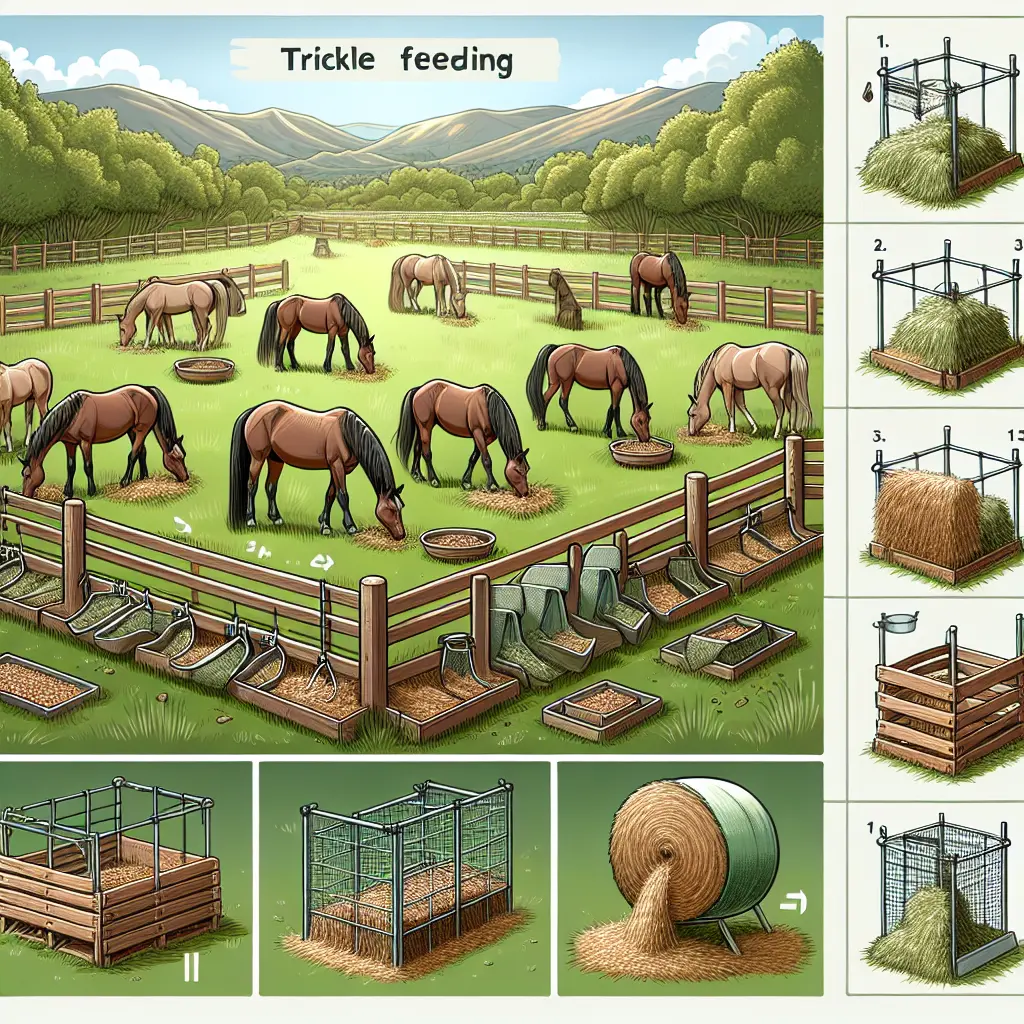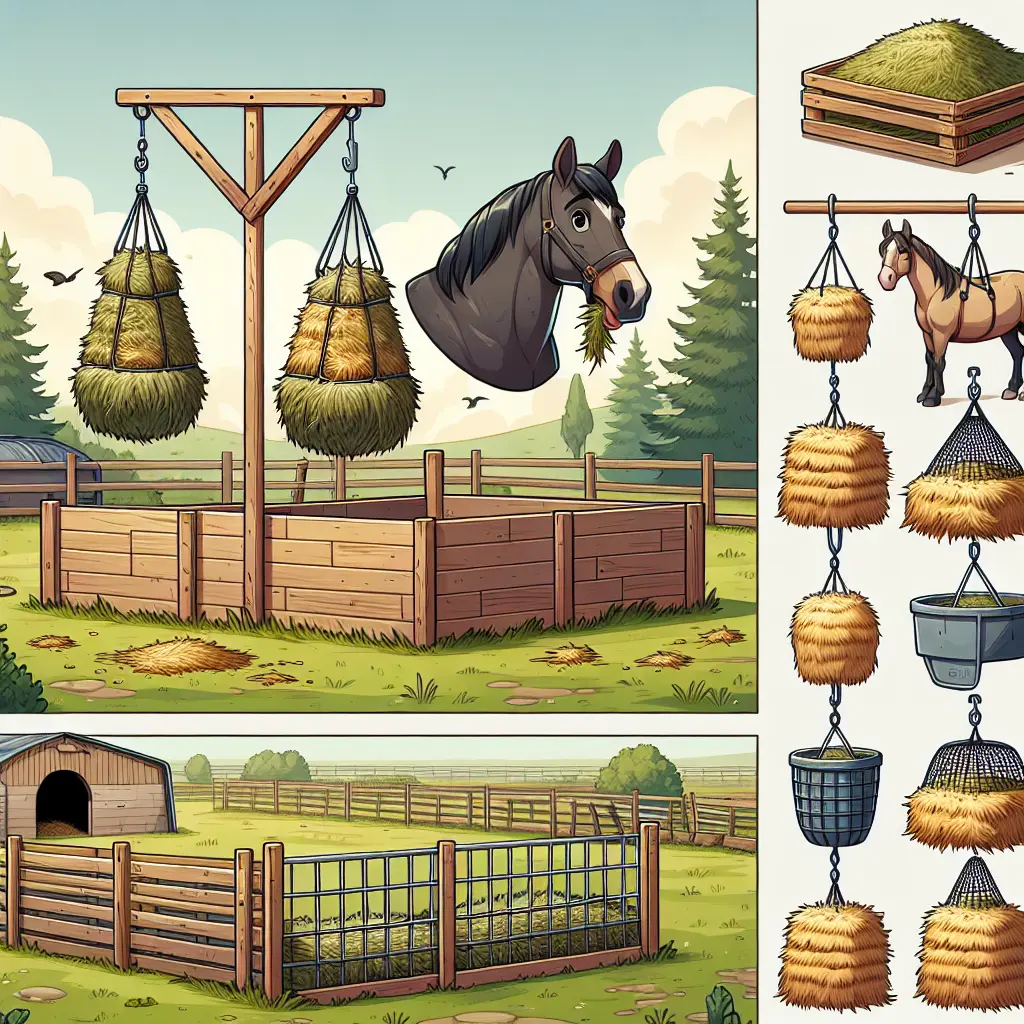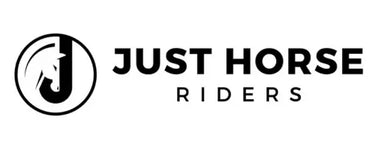Innovative Strategies for Trickle Feeding Forage to Grazing Horses
In the world of equine care, one topic that is frequently discussed is the best feeding practices for horses. Trickle feeding imitates the natural grazing habits of horses, enabling them to eat small quantities throughout the day. This approach is crucial for maintaining digestive health and reducing stress in horses. In this article, we delve into innovative strategies that horse owners can adopt to successfully implement trickle feeding.
Understanding the Importance of Trickle Feeding
Horses, by nature, are designed to graze continuously. In the wild, they may spend approximately 16-20 hours a day grazing. However, the modern equestrian lifestyle often limits their feeding to a few meals, leading to periods of fasting and potential digestive issues. Trickle feeding aims to reverse these effects by ensuring horses have constant access to forage.
Benefits of Trickle Feeding

Digestive Health: Continuous forage access keeps the digestive tract active, reducing the risks of ulcers and colic, which are prevalent issues in horses subjected to irregular eating schedules.
Mental Health: By simulating natural feeding patterns, trickle feeding helps lower stress levels, leading to a calmer disposition in horses.
Behavioral Benefits: It curbs stereotypical behaviors like cribbing and reduces aggression over resources, promoting harmony in group-fed environments.
Innovative Strategies for Trickle Feeding
1. Slow Feeders
Slow feeders ingeniously prolong the time it takes for horses to consume their forage, bringing their feeding habits closer to natural grazing.

Types of Slow Feeders
- Hay Nets: These come in various hole sizes. Using progressively smaller holes helps acclimatize horses to eat slowly.
- Bar-Style Feeders: Horses maneuver around bars to access hay, which reduces consumption speed.
- Hole-Style Feeders: Much like bar-style feeders, but these feature holes through which horses can nibble hay.
Studies indicate that slow feeders can boost forage consumption time by up to 120% compared to ground feeding, positively impacting horse health (source).
2. DIY Hay Feeders
For the budget-conscious horse owner, DIY hay feeders offer a cost-effective solution. Using materials such as wood pallets or metal fencing, these feeders can be custom-built to suit specific requirements.
Tips for Building DIY Feeders:
- Utilize heat-treated wood to mitigate chemical exposure.
- Position the feeder at a comfortable height to prevent neck strain.
- Incorporating features like nets or grates can help slow down forage intake (source).
3. Round Bale Feeders
Particularly useful in pastures with multiple horses, round bale feeders minimize hay waste and protect forage from being trampled or soiled. They require regular cleaning to prevent mold growth.
4. Pasture Management

Allowing horses to graze freely in properly maintained pastures mimics their natural foraging behavior. Good pasture management is essential to prevent overgrazing and ensure the forage maintains its nutritional value (source).
Implementing Trickle Feeding Successfully
1. Gradual Introduction
Transitioning to trickle feeding should be a gradual process. Begin with hay nets having larger holes and slowly reduce their size as the horse becomes accustomed to slower feeding.
2. Monitor Consumption
Regularly assess how quickly your horse eats. Adjusting the feeder ensures that they never go without food, but also prevents overeating.
3. Choose the Right Forage
Opt for low-sugar, high-fiber options to prolong eating and bolster digestive health. Consider supplementing with vitamins and minerals when necessary. Visit our Everyday Horse Vitamins & Supplements collection for the best options.

Conclusion
Trickle feeding stands out as a robust strategy for nurturing the overall health of grazing horses. By replicating their natural behaviors, you enhance their digestive well-being, reduce stress, and support a balanced lifestyle. Whether you choose ready-made solutions like slow feeders or create your own, consistency in providing forage access is paramount. For more on horse feeding and a range of quality equestrian products, including jodhpurs, boots, and gloves, visit Just Horse Riders today.


